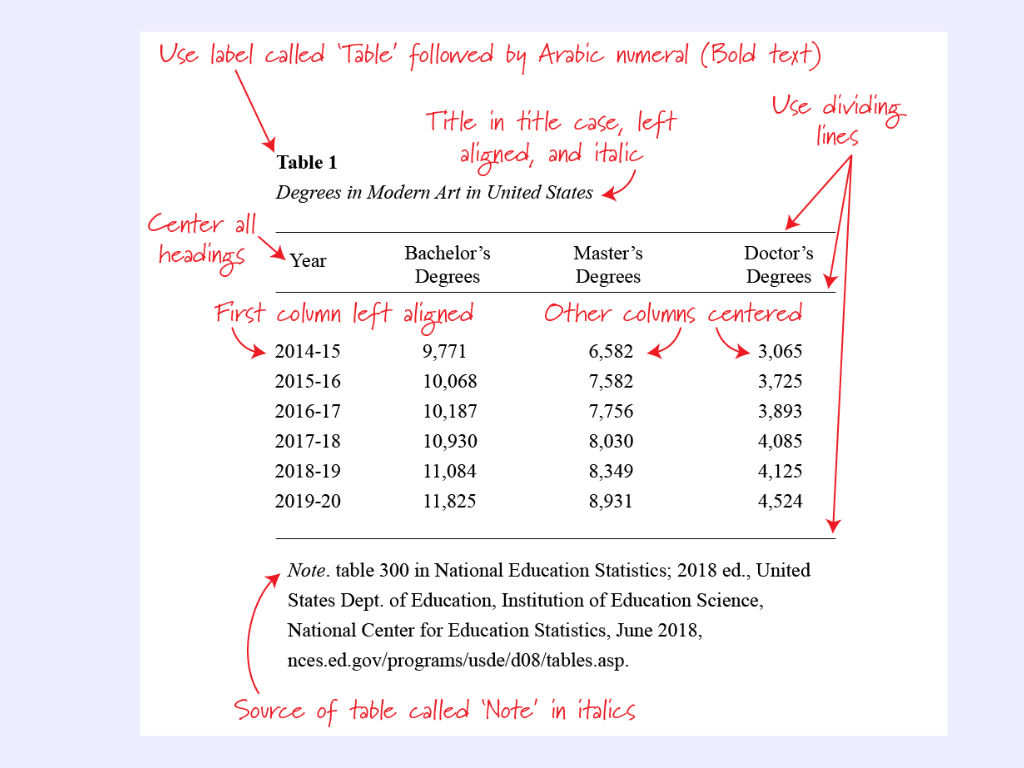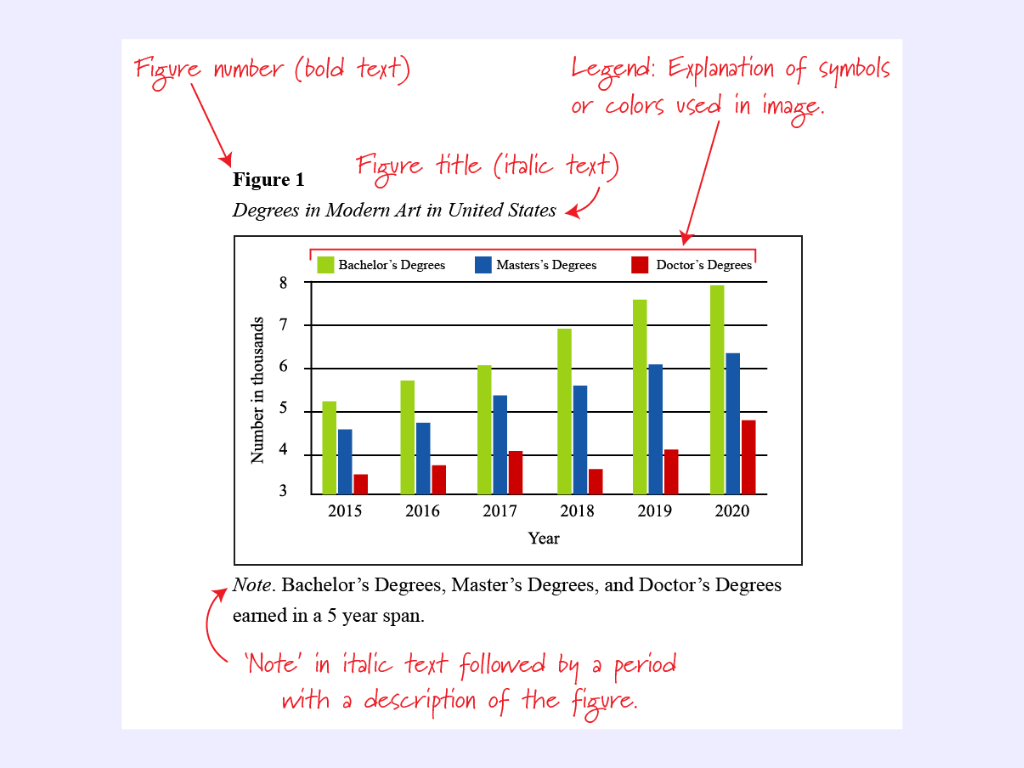The results section of a research paper is one of the most critical parts of a research paper, in which an author/s present the findings of the study and explain how they relate to the research questions or hypotheses. In this section, you should present your findings a logical sequence without any bias. This section gets the most attention from the reviewers and readers who intend to use your research for their work. Therefore, writing a lucid, concise and logical results section is the most important part of preparing your manuscript.
Elements of a good results section of a research paper:
There is no hard and fast rules about the elements that defines a good result section. However, while writing the results section you should do as follows:
- State only those facts that are supported by evidence. Write to the point, avoid unnecessary explanation of your findings.
- Present meaningful data. Summarize only the key summary of the data in your tables.
- Present the effect of your variables, if they do.
- Always use meaningful statistics while presenting your data.
- Avoid redundancy.
- Use appropriate figures and tables. Provide required labels and captions so that readers can follow.
Structure of the results section of a research paper:
The chronology of your methods and results section should match. For example, if you discussed about the synthesis of sample and then the experiments that you conducted to identify the properties in your method section, then describe your results accordingly. In general, it is suggested that your figure 1 should be sketch or a visual diagram of your research work. Though this might be an unpopular opinion, but any sketch that represents the summary of your research work always helps the readers to get an overall idea at a glance. This also helps the reviewer while evaluating your work for publication.
While presenting your findings, always highlight which ones are the most important or significant findings. If you find similar findings from the literature, then cite them as well. Then, explain how your results are significant with the respect to the published results. If you cannot explain some of your results or find something different that does not have a good alignment with the literature, then mention it. Often, new student researchers ignore the findings from the literature that does not properly align with their results. Do not do that. Rather, try to come up with a probable reasonable explanation. If you can’t, then just say that you have found this and that results, and you will do further investigation about the mechanism in your future work.
Presenting your data:
In research paper data is generally presented in three different ways: text, tables and figures. You should decide the best way to present your data either in a tabulated format or using figures or text. If you use tables to report your data, then report only the summary of the data e.g. means with standard deviation. A trend in your data is always visible when you represent them in a plot. If your experiment has too much variables, then decide wisely which variables to combine with the output, and which to plot separately. Unless, there is a clear co-relation among the variables on the output, it is wise to plot them separately rather combining together.

Number tables and figures separately beginning with 1 (i.e. Table 1, Table 2, Figure 1, Figure 2 etc.). Properly label your data, axis in figures and use scale bars in any figures, if required. The table should contain all the required information about the variables and the data you are presenting. Give proper caption for both your tables and figures. The accompanying caption of the figures and tables should contain sufficient information so that the readers can understand them without referring to the description provided in the results section. While writing you should refer all the tables and figures in your text.

Use subheadings if required:
It is always useful to use subheadings to organize your results. This will help your readers to navigate your paper and find the required information. Maintain a logical flow while you are sub-categorizing your results. Do not write about them in a discrete manner, maintain a story. For example, you did two set of experiments of A and B, and you did A first. Which results lead you to do the experiment B or why you think your experiment B is important to validate your results from experiment A. Establish such type of logic while representing them.
Be objective:
Your results section should be objective and free from bias. Avoid using language that suggests your findings are better or worse than they actually are. Especially, while representing unexpected outcomes, you should be very conservative. Do not rust to claim anything. Rather present relevant findings from the literature and present how your findings look in comparison to those. Never ever exaggerate or underexplain your results.
To summarize, your submitted manuscript will be evaluated based on your findings that you present in the results section. Before writing this section, always search for relevant literatures and summarize all the relevant published findings that you can cite in your work. While citing those previously published results, you should clearly mention how your findings eliminates the existing research gap or push the boundary to a new direction.
Disclaimer: No A.I. was used to write any portion of this content.

